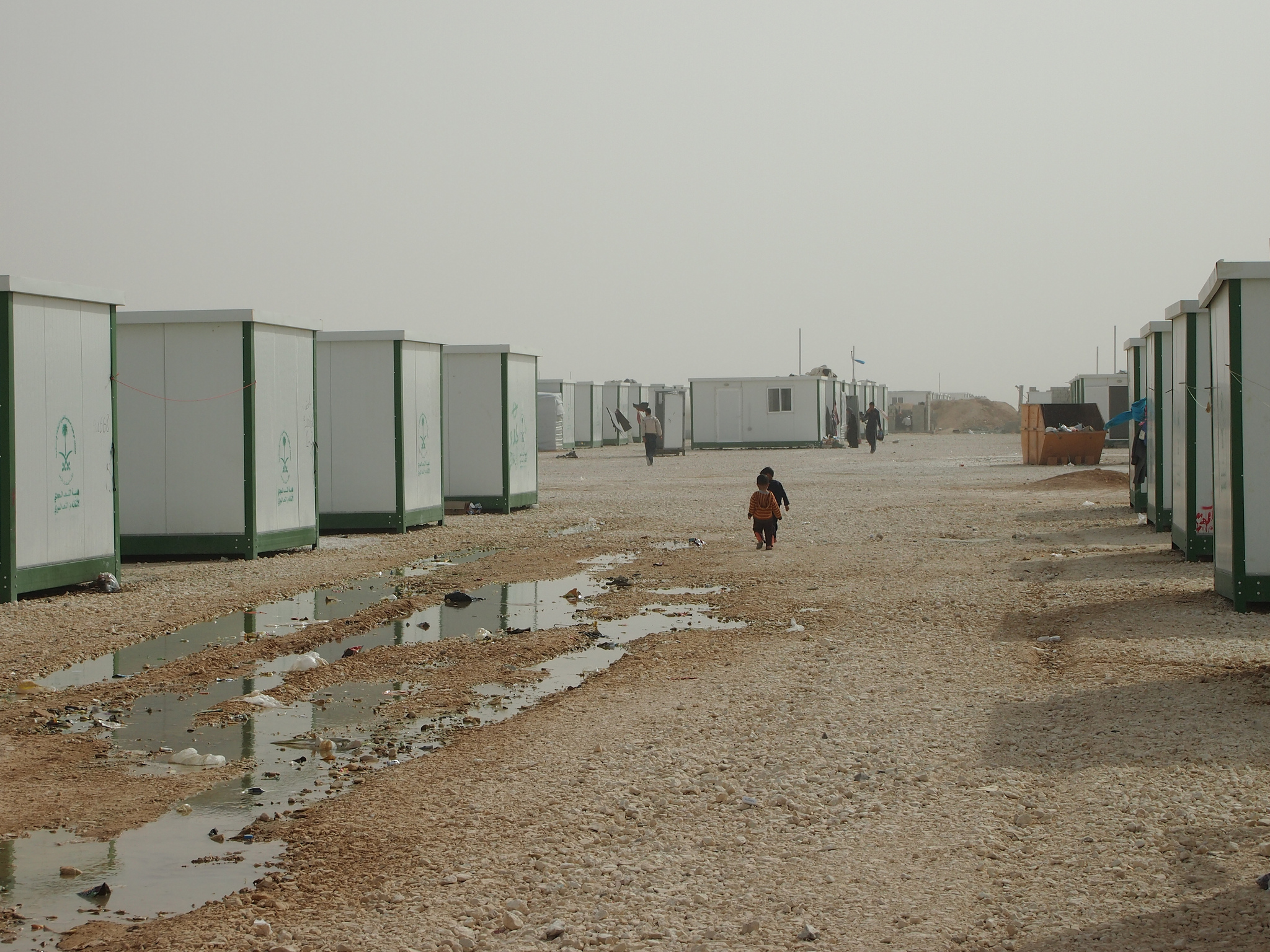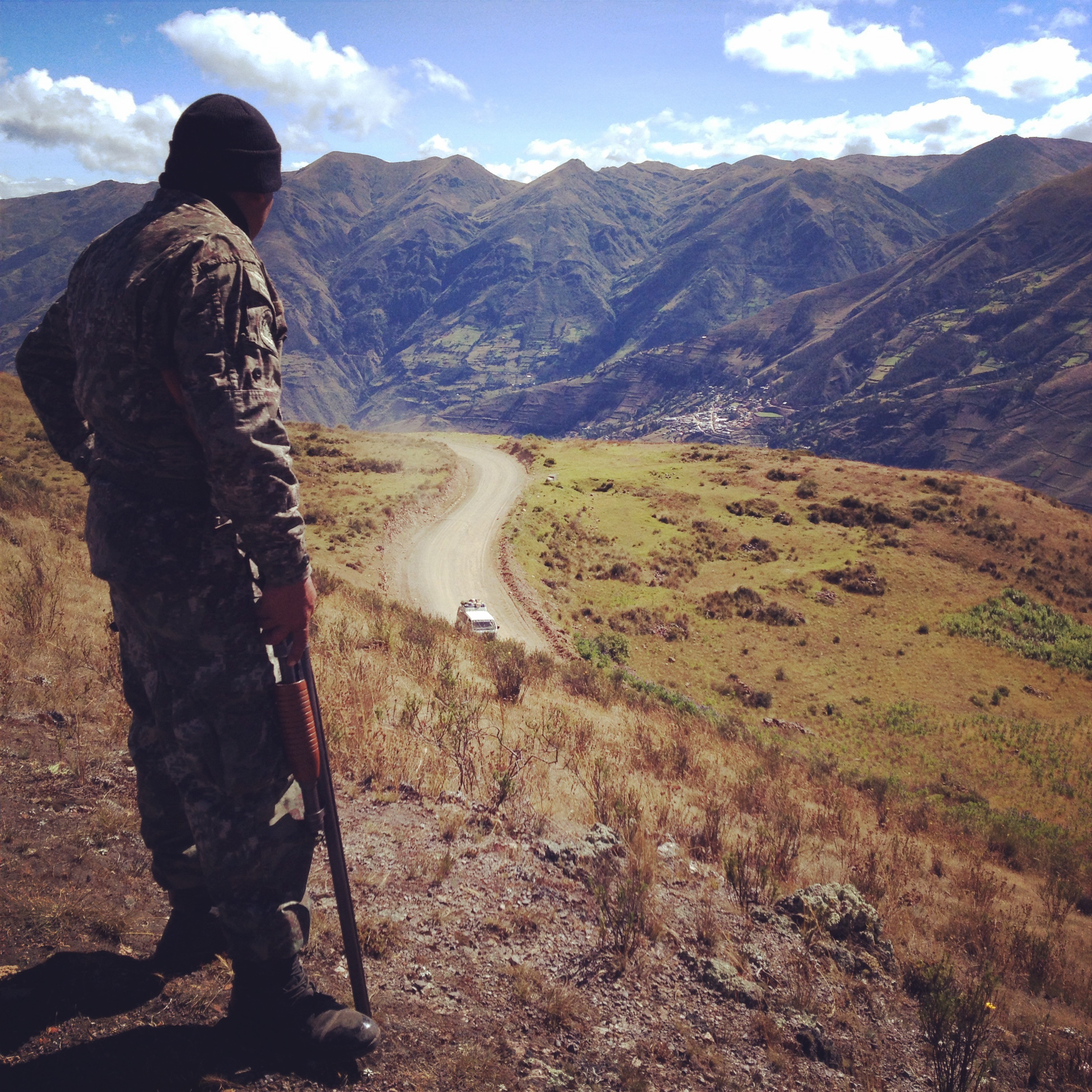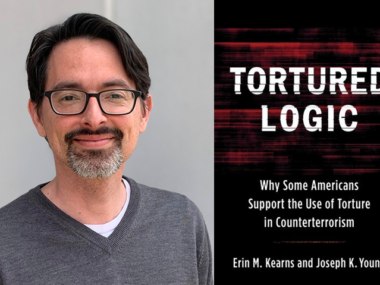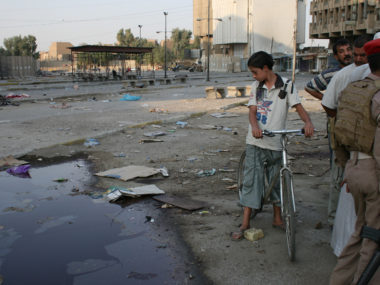By Kelsey Norman for Denver Dialogues.
In February 2018 the UN divided its support of the repatriation of Syrian refugees into three phases. In Phase 1 conditions are not conducive to mass return, and the UN’s engagement is limited to counseling, monitoring cross border movements, analysis of return trends, and advocacy. In order to shift to a more proactive Phase 2, specific protection thresholds must be met, including a guarantee of full amnesty in Syria for returnees, including for those who evaded or resisted compulsory military service. Phase 3—whereby the UN would actually promote voluntary return—is nowhere in sight.
Despite these limitations, returns have been happening even without UN oversight. According to the UNHCR, between 2015 and September 2018 at least 107,927 Syrian refugees returned from Lebanon, Jordan, Turkey, Iraq, and Egypt. These numbers can be deceiving though; during the same period, refugees were also leaving Syria. In 2017, nearly half a million Syrians were newly displaced to neighboring countries, and 37,000 of those Syrians who returned to their home in 2017 also had to flee again after their return.
Researchers have tried to understand whether the returns already underway were driven by ‘pull’ factors—such as the desire to rebuild one’s home, reunite with family members, or restore a business—versus ‘push’ factors—such as a precarious legal status in a host country, or the inability to secure employment. As Charlotte Alfred of Refugees Deeply writes, “To return is to take a political gamble: Refugees must weigh the risks of staying against the risks of going.” A 2018 survey of 4,283 Syrian refugees residing in Egypt, Iraq, Lebanon, and Jordan found that 85% of individuals did not intend to return to Syria in the next 12 months, citing safety and security concerns as the key obstacle to going home.
In July 2018 the issue of refugees returning to Syria gained momentum. Russia presented an assessment following the Helsinki Summit stating that 890,000 refugees could return to Syria from Lebanon in the near future, in addition to 300,000 from Turkey and 200,000 from EU countries. Hoping to further encourage returns, the Syrian government issued a decree in October offering amnesty to civilian men who avoided military conscription, though the decree did not include those who fought against the government or joined opposition groups.
But at the beginning of November Lebanese Caretaker Minister for Refugee Affairs Mouin Merehbi announced that 20 refugees returned to Syria from Lebanon had been killed by the regime and their allied forces. For those fearful that the Assad government was not genuine in its guarantees of protection, this was devastating evidence that it is still too soon to promote large-scale returns.
In a previous post, I described a conversation from December 2017 in which a Lebanese official attempted to reframe the tenants of refugee return, emphasizing that the requirement of a fully voluntary repatriation was asking too much. The representative told me, “We are adopting the term of ‘dignified and secure’ return. If you talk about voluntary return, the Ministry of Foreign Affairs will come to tell you, ‘you want these people to stay here in Lebanon.’ Let’s stop talking about voluntary. Between non-refoulement and voluntary, there is a midway.”
This attempt to redefine the conditions under which Syrians would return from Lebanon led to tension between the UNHCR and Lebanese Ministry of Foreign Affairs. Lebanese Foreign Affairs Minister Gebran Bassil accused the UNHCR of discouraging refugees from returning to Syria and “…spreading fear by asking questions about military conscription, security conditions, accommodations and living situations in Syria, along with possible halts to aid and the prospect of returning home without UN assistance.” In response, the Ministry of Foreign Affairs ordered the Directorate of Protocol to stop processing residency applications for UNHCR staff in Lebanon, refusing to reverse the decision unless the UNHCR produced a plan for returning displaced Syrians from Lebanon to Syria.
Given that UN organizations are constrained by the limits of sovereignty, what types of leverage do Western countries have on this issue? The United States and the European Union have effectively relinquished their roles as leaders in the field of refugee protection by reneging on their responsibilities toward asylum-seekers and refugee resettlement over the last three years, leading countries like Lebanon to recognize that they can return Syrian refugees with few negative consequences.
Despite these limitations, Western countries can still play a critical role in the future of Syria as Russia continues to vie for American and European support of its reconstruction agenda. According to a recently released report by 11.11.11, “Russia is using the ‘return card’ to…unlock EU funds—with no strings attached—for the eventual reconstruction of Syria.” This provides Europe and the US with an opportunity to pressure Russia into using its leverage over the Syrian government to ensure that the tenants of return—voluntariness, safety, and dignity—are met.
The conditions under which individuals return to Syria has both immediate and long-term implications for security, stability, and human rights in the region. In the near term, individual lives are at stake, as evidenced by the recently documented instances of regime brutality toward returnees. Over the long term, an unsafe return could make future conflict more likely, especially if the very circumstances—repression, violence, and a lack of equitable state protection—that forced many refugees to flee in the first place remain unchanged.
Kelsey Norman is a SSHRC postdoctoral in the Department of Political Science at the University of British Columbia.






